-
Posts
16,726 -
Joined
-
Last visited
Content Type
Profiles
Forums
Store
Help Articles
Everything posted by liuzhou
-
-
Dry-frying in a wok is still a very common technique in Chinese cooking. For beans, I use the same technique as Fuchsia Dunlop gives in her "The Food of Sichuan (eG-friendly Amazon.com link)". Basically they are stir-fried in the wok with only a tablespoon or so of oil, for around 6 minutes. They are removed and some chillis, Sichuan peppercorns, finely chopped garlic, ginger and scallions are fried until fragrant then the beans returned to the wok and tossed to mix. Add salt and serve. That said, she does suggest deep-frying as an alternative.
-
I have to apologise. Just short of her 92nd birthday; not 93rd as I said. The schoolteacher in her would be scolding me! I have edited the post in question.
-

Does anyone have this ground beef tool? Recommendations?
liuzhou replied to a topic in Kitchen Consumer
Yes, 铲子 can also be translated as 'shovel'. -

Does anyone have this ground beef tool? Recommendations?
liuzhou replied to a topic in Kitchen Consumer
I do the same, but mine are metal. We call them 铲子 (chǎn zi) or just 铲 (chǎn), but I'll happily go along with "spoontula". This one is 30 inches / 76 cm long. Sort of like a remote control! -
I just use a fork to mix my no-knead dough. That isn't no-knead! That's knead-a-bit.
-
I am sorry to say that my mother passed away sometime between midnight and 00:20 UK time on May 6th, just short of her 92nd birthday. I was just making my breakfast coffee an hour ago when I got the call from my brother. The last picture of the two of us together. Thank you for all your kind words on this thread in the past. She was amused to see herself on the internet and read your comments.
- 125 replies
-
- 17
-

-

-
Certainly something similar if not mantis. I'm not sure; I didn't order them. I do tend to find some larger prawns rather low in flavour. These were OK, though. Well, it was mostly seafood.
-
Nothing could be simpler. I'll do it tomorrow. Late here and I need my beauty sleep!
-
I had good fish and chips a couple of weeks ago. I usually do. Just, today, I had a potato fail.
-
Please remember, despite my China connections, I am British and we don't mess with our national dish! Potatoes, fat. Fish, beer batter. Salt and vinegar. Anything else is sacrilegious!
-
I was half joking. It is available, but only in larger cities and is rather expensive. Most is imported from Europe. And when I start frying my chips in butter, shoot me again!
-
Very little food in China is frozen and never vegetables. I know that there are get arounds to fake crispy fries, but I'm a purist. Good chips are potatoes fried, preferably in beef fat. End of story.
-
Par-boiling the chips is becoming more and more standard thanks to Heston Blumenthal's triple-cooked chips. I've been doing that for decades. What is butter? The day I add soy sauce to my fish and chips, please shoot me!
-
Fish 'n' chips. Red drum was the fish. I spent the afternoon de-scaling, de-skinning and filleting it. Beer battered, of course. The chips weren't great. I have a serious issue with Chinese potatoes. They are either excellent for chips (1% of the time) or roasting or completely useless unless you boil 'em. They only have two varieties. Red skinned potatoes (99%) which are hopeless for frying or sometimes white potatoes which are either great for frying or decidedly not. You can't tell which are which until it's too late. I bought the hopeless variety. They never brown properly; they never crisp up. Anyway, still edible. Try again soon.
-
For the first time in 25 years in China, I found my favourite vegetable. None of my friends has a clue what it is! But that was true of asparagus just a few years ago; now it's everywhere. It shouldn't come as a surprise to learn that it has multiple names in Chinese; it has in English, too. I call them artichokes. Or, when I'm in the Latin mood, Cynara cardunculus var. scolymus. You might call them globe artichokes, French artichokes or green artichokes. Certainly not Jerusalem artichokes, which are unrelated, and which were only so named because some cloth-eared idiot misheard the real name! In Chinese, they are 菜蓟 (cài jì) which means 'vegetable thistle' or 洋蓟 (yáng jì) which means 'foreign thistle'. I know how I like to cook and eat them, but have no idea what my friends would do with them and neither do they, because they've never met them before! I'll update this in about ten years when they've worked it out! By the way, there is also something called 'Chinese artichoke' (Stachys affinis), 甘露子 (gān lù zǐ) which is no relation either and tastes nothing like mine.
-
The Farmer Trying to Save Italy’s Ancient Olive Trees
- 1 reply
-
- 6
-

-

-
I seldom use the stuff (it's Cantonese, somewhere I rarely venture) and I don't have any but I'd store it in the fridge, mainly because that's where I have room. Those of my neighbours who use it probably just have it on a shelf. Hoisin comes in cans?
-
Beer was a breakfast staple until relatively recently. Until around the 19th century,






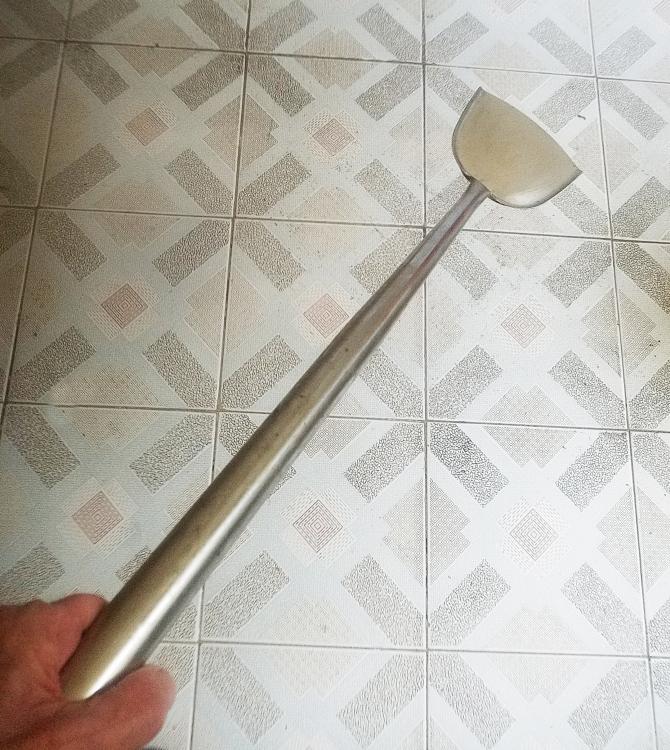


.thumb.jpg.78f6e3f50be3de1c2ed6f5fc4fe971cd.jpg)
.thumb.jpg.d7763bc365d0c9f813c7da3b8951c0c7.jpg)
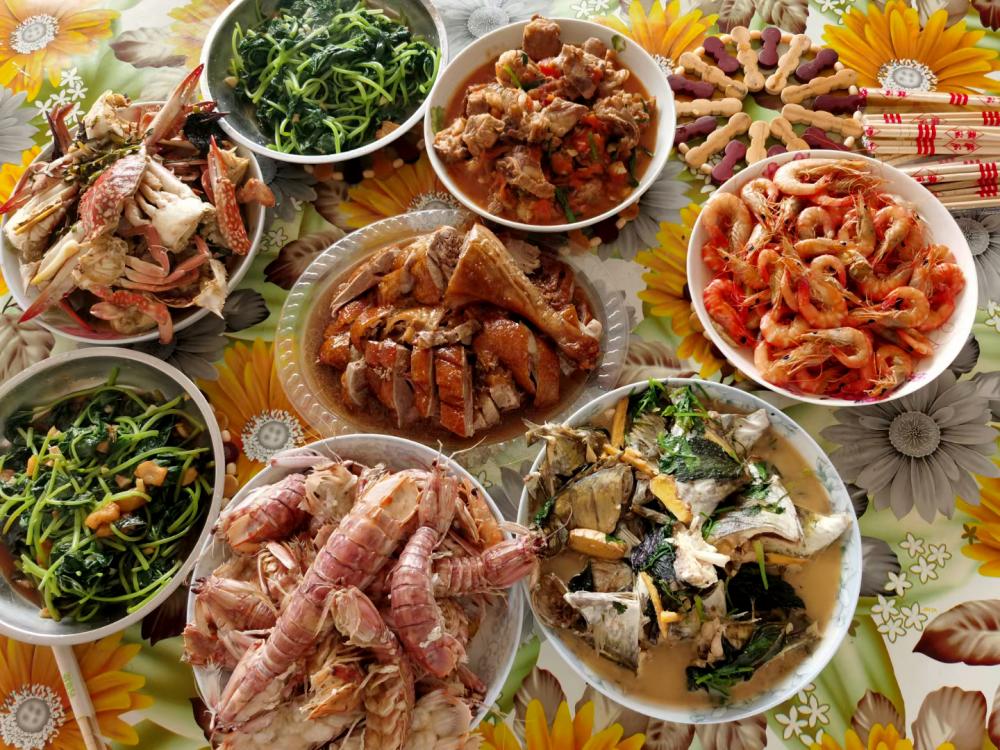
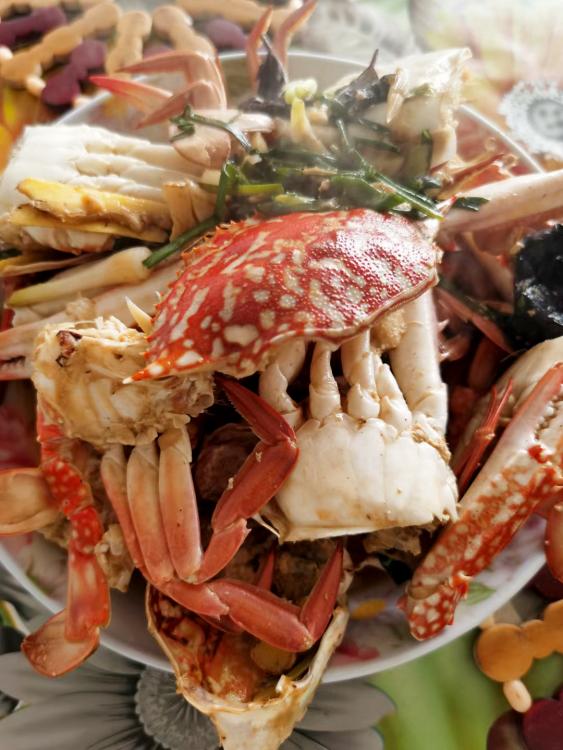
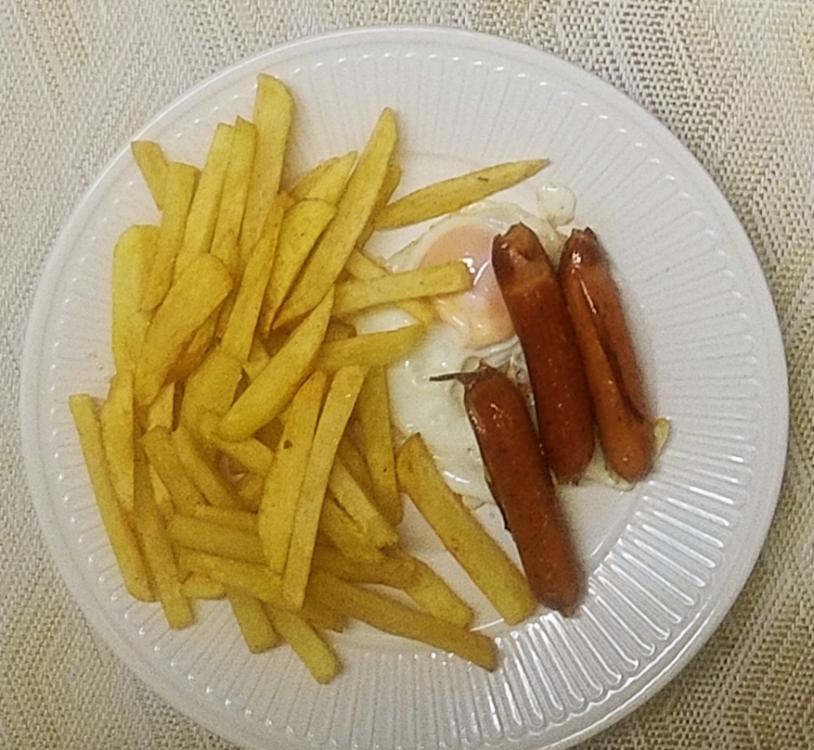
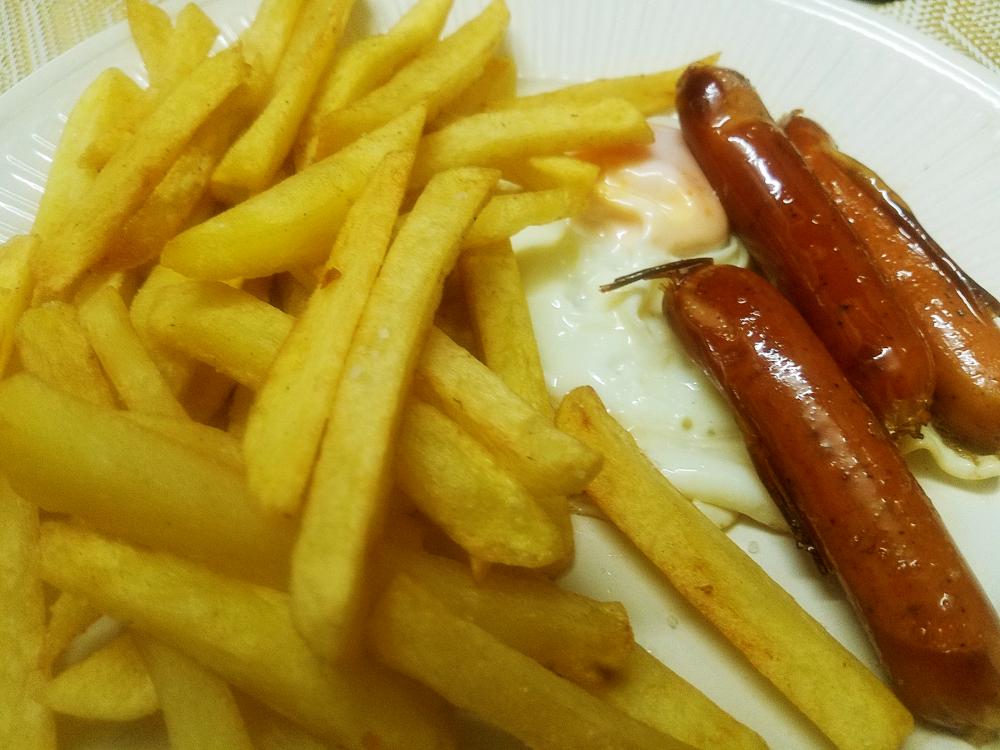
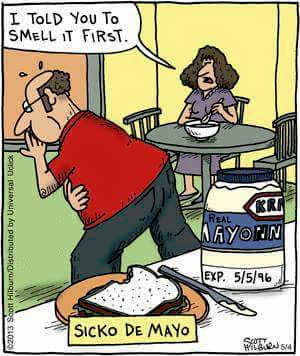
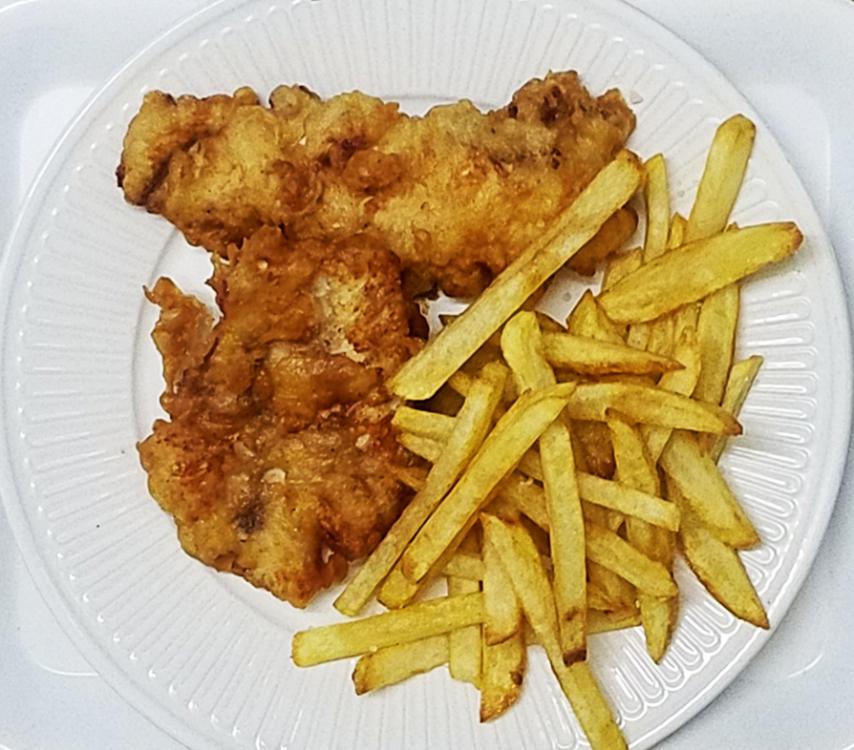
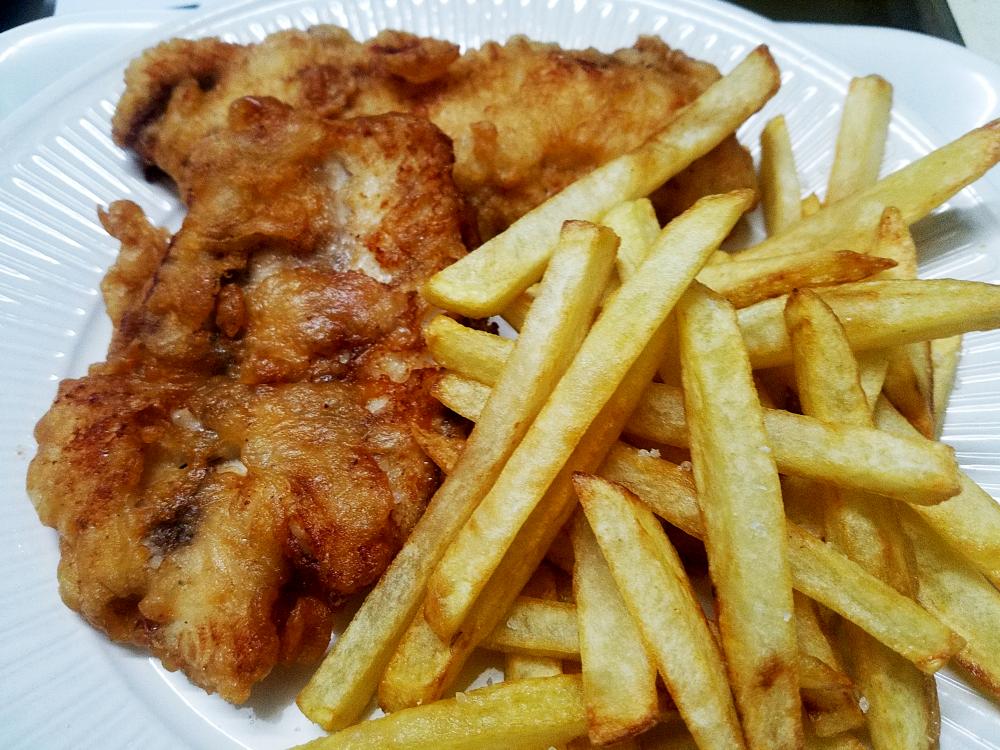
.thumb.jpg.f51d6b71942416474809d568d50ac1a2.jpg)
.thumb.jpg.90df124ed871d4d35d4fff2d4bd73ec3.jpg)